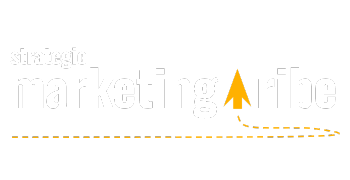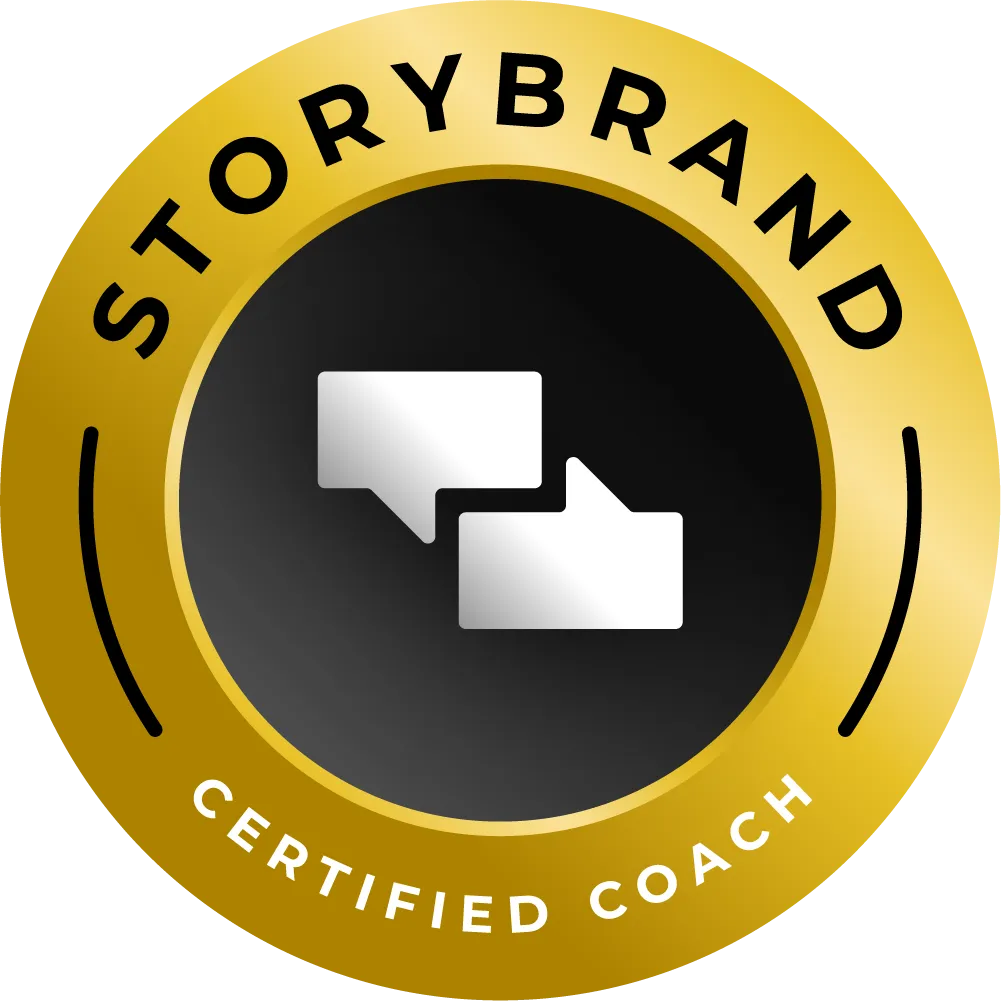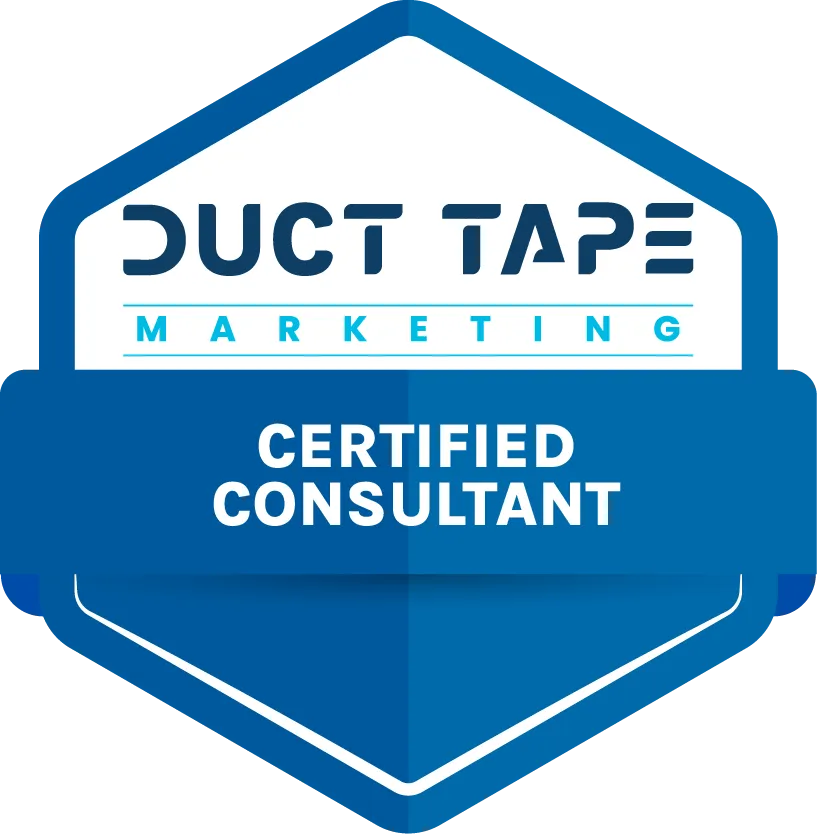STORY, MEET STRATEGY
Let’s make marketing feel less robotic and more real.
Find resources that bring your message—and your business—to life.
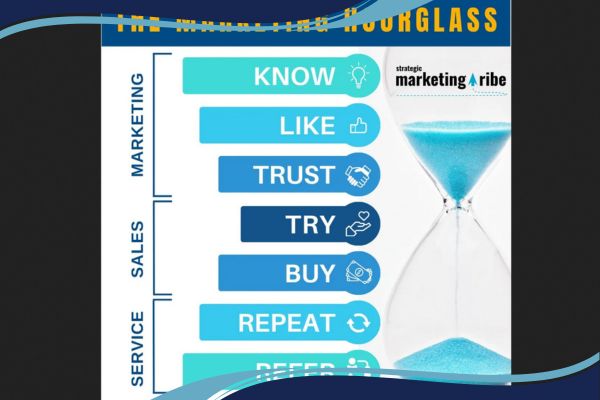
Map Content to the Customer Journey for Better Results
By Vicky Sidler | Published 17 November 2025 at 12:00 GMT+2
Most business owners know they should create content. Fewer know what content. Even fewer know when to use it.
If you’re posting tips one day and testimonials the next, crossing your fingers something sticks—you’re not alone. But you’re also not being strategic.
I’m Vicky Sidler, a StoryBrand Certified Guide and Duct Tape Marketing strategist who believes there’s a smarter way to approach content. It’s called the Marketing Hourglass. And when you map your content to each of its seven stages, marketing stops being a gamble and starts working like a system.
Let’s break it down.
TL;DR:
Content only works when it’s timed right
The Marketing Hourglass has 7 stages: Know, Like, Trust, Try, Buy, Repeat, Refer
Each stage needs different content types
Start by auditing what you have and filling the gaps
This approach builds a stronger customer journey and better long-term results
👉 Need help getting your message right? Download the 5-Minute Marketing Fix
Table of Contents:
Map Content to the Customer Journey for Better Results
First, What’s the Marketing Hourglass?
1. Know—Start with Problems, Not Your Brand:
3. Trust—Show Proof, Not Hype:
5. Buy—Make the Decision Easy:
7. Refer—Make It Easy to Share:
1. How to Find Your Unique Selling Proposition Fast
2. Free Target Audience Research That Actually Works
3. Graça Machel Urges Women to Lift Each Other at Wealth Creating Summit 2025
4. AI vs Human Music: Why Imperfection Wins
5. OpenAI's Billion-Dollar Loop: Is the AI Boom a Bubble?
6. The Complete Guide to Strategic Marketing
FAQs on Mapping Content to the Customer Journey
1. What is the Marketing Hourglass?
2. Why should I map content to each stage?
3. How do I know what stage a customer is in?
4. What kind of content should I create for the Know stage?
5. How often should I update or review my content map?
6. What if I don’t have content for every stage yet?
7. How is this different from the traditional marketing funnel?
First, What’s the Marketing Hourglass?
It’s a smarter version of the traditional funnel. Instead of stopping at “buy,” it keeps going—because real business growth comes from repeat customers and referrals.
The seven stages are:
Know
Like
Trust
Try
Buy
Repeat
Refer
At each stage, your customer is thinking something different. Your job is to answer their questions before they even ask.
1. Know—Start with Problems, Not Your Brand:
Customers at this stage are just realising they have a problem. They’re not searching for your business—they’re searching for answers.
Give them:
Blog posts that explain common problems
Infographics and videos with simple explanations
Quizzes that help them figure out what’s wrong
Avoid selling. Instead, build trust by being helpful.
2. Like—Show Who You Are:
Now they know you exist. But do they like you?
This is your chance to show personality:
Behind-the-scenes posts
Email newsletters with real stories
Social posts that sound like a human, not a brochure
Video content that shows your personality
Your content should feel like a conversation, not a broadcast.
3. Trust—Show Proof, Not Hype:
At this point, they’re comparing you with other options. They want evidence.
What to create:
Case studies that show real results
Video testimonials
Comparison guides (yes, even against competitors)
Webinars that let them see how you think
This stage is about credibility. Make it easy for them to believe in you.
4. Try—Let Them Test You:
They like you. They trust you. But they’re still nervous.
Offer them:
Free audits or consultations
Downloadable tools or templates
Mini-courses or assessments
Low-risk intro offers
This is like the sample at the grocery store. Once they taste it, they’re more likely to buy.
5. Buy—Make the Decision Easy:
Here, friction kills momentum.
So give them:
Clear product/service pages
Transparent pricing
FAQ content that tackles objections
Videos showing what happens after they buy
People want to feel confident about their decision. Help them cross the line.
6. Repeat—Keep Giving Value:
Now they’re a customer. Great. But will they stick around?
Keep them engaged with:
Pro tips and advanced guides
Progress updates
Invitations to exclusive events
Upsell offers that make sense
Retention content is just as important as sales content. Maybe more.
7. Refer—Make It Easy to Share:
Happy customers want to help—but only if it’s easy.
Offer:
Pre-written social posts
Referral bonuses
Recognition (with permission)
Shareable resources
A loyal customer is great. A loyal customer who brings friends is gold.
What To Do Next
Most businesses already have some of this content. But it’s scattered. The key is to map it to each stage, find the gaps, and then plan forward.
In our client strategy sessions, we start by identifying where people fall out of the journey. Then we build content that moves them forward—one clear step at a time.
If you want to start planning your own content this way, grab the free worksheets in our Resources section. They’ll help you list what you already have, spot the gaps, and decide what to create next.
And if you’d like to build a clearer message before mapping out the content itself, that’s where my 5-Minute Marketing Fix comes in.
Let your content earn trust, not just attention.
Related Posts:
1. How to Find Your Unique Selling Proposition Fast
Before you plan content for each stage of the hourglass, you need to know what makes you different. This article helps you figure that out fast using free tools and customer feedback.
2. Free Target Audience Research That Actually Works
You can’t guide customers through a journey if you don’t understand them. This guide shows how to research your audience—without spending a cent.
3. Graça Machel Urges Women to Lift Each Other at Wealth Creating Summit 2025
Machel’s message of growth, trust, and advocacy mirrors the final stages of the Marketing Hourglass. If you care about loyalty and long-term relationships, you’ll want to read this.
4. AI vs Human Music: Why Imperfection Wins
Authenticity beats automation when it comes to connection. This piece explores why imperfect, human content performs better—especially across the Know, Like, and Trust stages.
5. OpenAI's Billion-Dollar Loop: Is the AI Boom a Bubble?
Before you use AI to scale your content, read this. It breaks down which tools are useful, which are hype, and how to stay strategic when mapping content across the customer journey.
6. The Complete Guide to Strategic Marketing
Want the full picture? This guide shows how content mapping fits into a broader marketing system, from positioning and messaging to customer experience and repeat sales.
FAQs on Mapping Content to the Customer Journey
1. What is the Marketing Hourglass?
The Marketing Hourglass is a seven-stage customer journey framework: Know, Like, Trust, Try, Buy, Repeat, and Refer. It helps you plan the right content for each step of the relationship, not just the first sale.
2. Why should I map content to each stage?
Because content only works if it matches where your customer is in their journey. When you give the right info at the right time, people move forward faster and more confidently.
3. How do I know what stage a customer is in?
Start by looking at what they’re doing. Are they asking basic questions (Know)? Comparing options (Trust)? Booking a consult (Try)? Their actions usually give clues.
4. What kind of content should I create for the Know stage?
Focus on education, not promotion. Blog posts, infographics, videos, and quizzes that answer broad questions work best here. You're solving problems, not selling.
5. How often should I update or review my content map?
Every quarter is a good rhythm. Check what’s performing, where you have gaps, and what’s changed in your business or industry. Your content strategy should grow with you.
6. What if I don’t have content for every stage yet?
That’s normal. Start by auditing what you already have. Then use the free Worksheets to plan content for your biggest gaps.
7. How is this different from the traditional marketing funnel?
The funnel stops at the sale. The hourglass keeps going, recognising that repeat business and referrals are where real growth happens. It’s not just about closing—it’s about building loyalty.
8. Can I use AI to create content for the journey?
Yes—but use it wisely. AI can help you draft, plan, and optimise. Just make sure your voice stays human and your message stays clear. No one buys from a robot.
9. What’s a good first step if I feel overwhelmed?
Start with your message. If your one-liner isn’t clear, your content won’t be either. Grab the5-Minute Marketing Fix to write one sentence that makes everything easier.
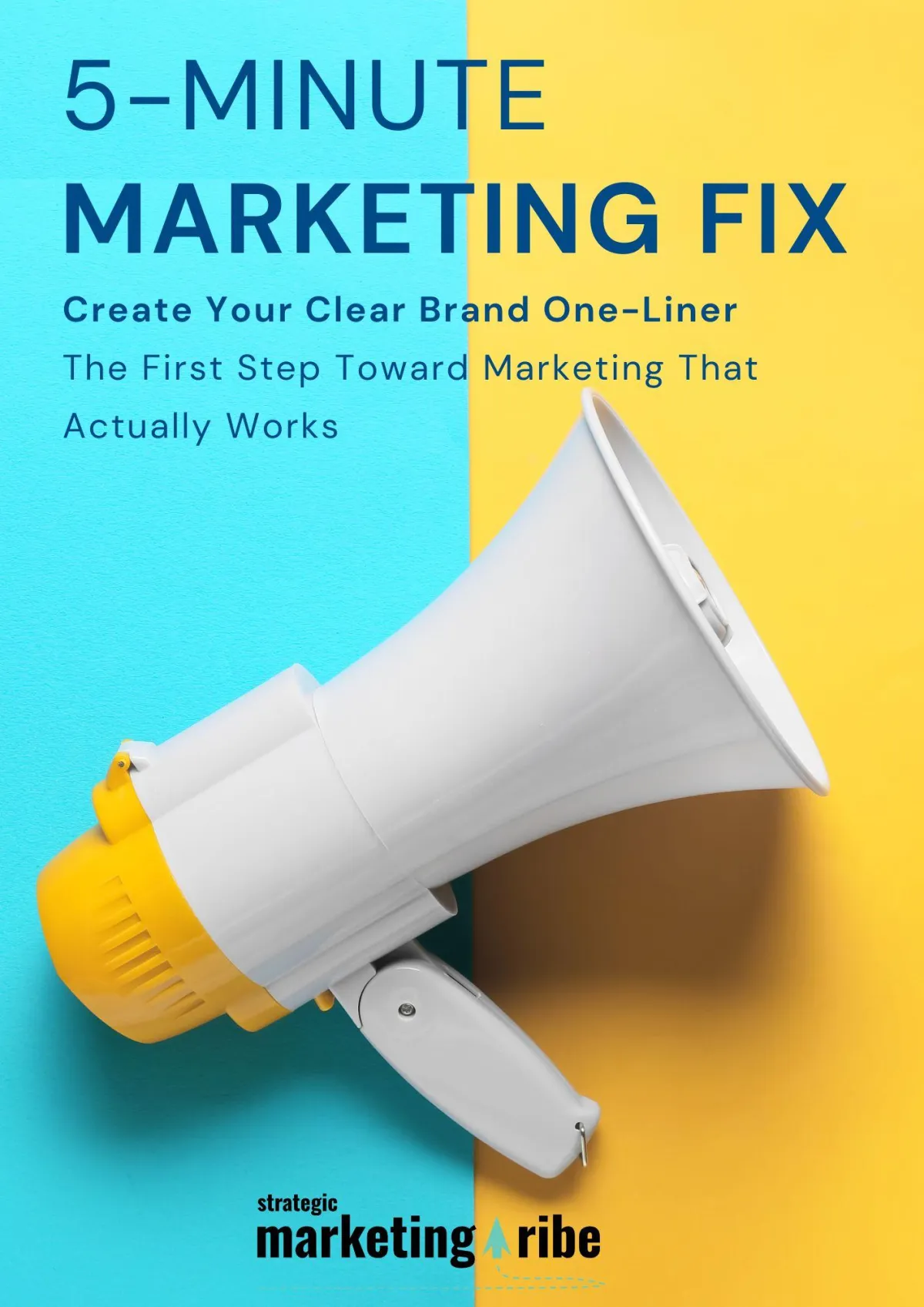
Created with clarity (and coffee)

